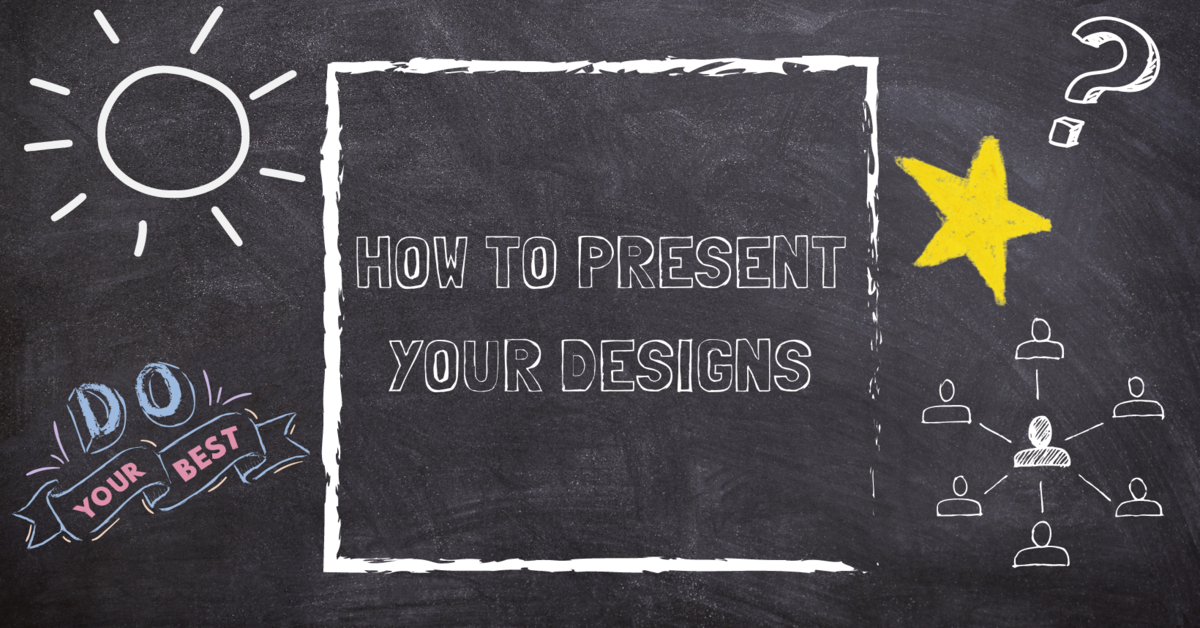Presenting your designs can be a daunting task, especially if you’re just starting out. It’s important to have a plan in place before you start presenting your designs so that you can ensure you make the best impression possible. In this article, I’ll provide tips on how to present your designs in a way that will make a lasting impact on your audience. From creating a presentation plan to choosing the right visuals, you’ll be prepared to confidently showcase your designs and make a positive impression.

1. Preparation
Before you present your design, it is important to properly prepare your presentation. This includes gathering research, creating visuals, and rehearsing.
- Gathering research for a presentation.
- Your research make sure that the facts you present are accurate. Having reliable data can help you to communicate your design more effectively.
- Creating visuals for your presentation.
- Visuals can help to illustrate your design and make it easier for your audience to understand.
- Rehearse for your presentation.
- Rehearsing is a great way to ensure that you are comfortable with your material and can present it clearly and effectively.
By taking the time to properly prepare your presentation, you will be able to effectively communicate your design and leave a lasting impression on your audience. Take a look on how to make a good slide Youtube.
2. Self Introduction

Firstly, it helps to establish a rapport between you and the audience. By introducing yourself, you are giving the audience a chance to get to know you, your credentials, and your experience. This, in turn, helps to build trust and confidence in your design.
Secondly, introducing yourself allows you to create a personal connection with the audience. By sharing a personal story or anecdote, you can help to create a sense of familiarity and camaraderie. This can help to make the presentation more engaging and memorable.
Finally, introducing yourself is a great way to create a positive first impression. Showing that you are confident and prepared to your design to make the audience more receptive to your design.

3. Explain the Design Process
By understanding the steps that were taken to create the design, the audience can better gauge the quality of the design, as well as its effectiveness. Furthermore, it gives the audience an insight into the creative process, allowing them to better appreciate the design’s complexity and understand the thought and effort that went into creating it. This can help to ensure that the presentation is more effective and that the audience is more engaged.
Overall, explaining the design process while presenting a design is important as it helps to ensure that the audience has a better understanding of the design. It also helps to make the presentation more engaging and memorable for the audience.

4. Showcasing Your Design
When presenting your design, showcasing it is an effective way to demonstrate the full potential of the design. Showcasing allows you to provide an in-depth look at the design and to show how it will look and perform in the real world. Rather than simply relying on images and descriptions, showcasing your design allows you to provide a tangible demonstration of the design’s features and benefits.
Other than that, Showcasing your design not only helps to demonstrate the design’s features, but also allows you to highlight any unique aspects of the design that might not be easily communicated through words and images.

5. Summarize
When presenting a design, it can be difficult to convey all of the details and nuances of the design to the audience in a concise and effective manner. Summarizing helps to bridge the gap between the detailed design and the general understanding of the audience.
At last, Summarizing also allows the presenter to quickly and easily explain the main points of their design to the audience, which helps to ensure that the audience is able to understand the design.
6. Ask for Feedback

Requesting feedbacks allows you to gain insight into how your design was received by the audience, identify areas of improvement, and discover any new ideas or directions that could be pursued. It also gives you the opportunity to build relationships, as the feedback is coming from people who have experienced your design firsthand.
Conclusion
By following the steps outlined in this article, presenting your design should be a smoother process. Remember to take the time to practice and structure your presentation in a way that best communicates your design. By taking these steps, you can be sure that your design presentation will be a success. Discover more at Artmeet.

